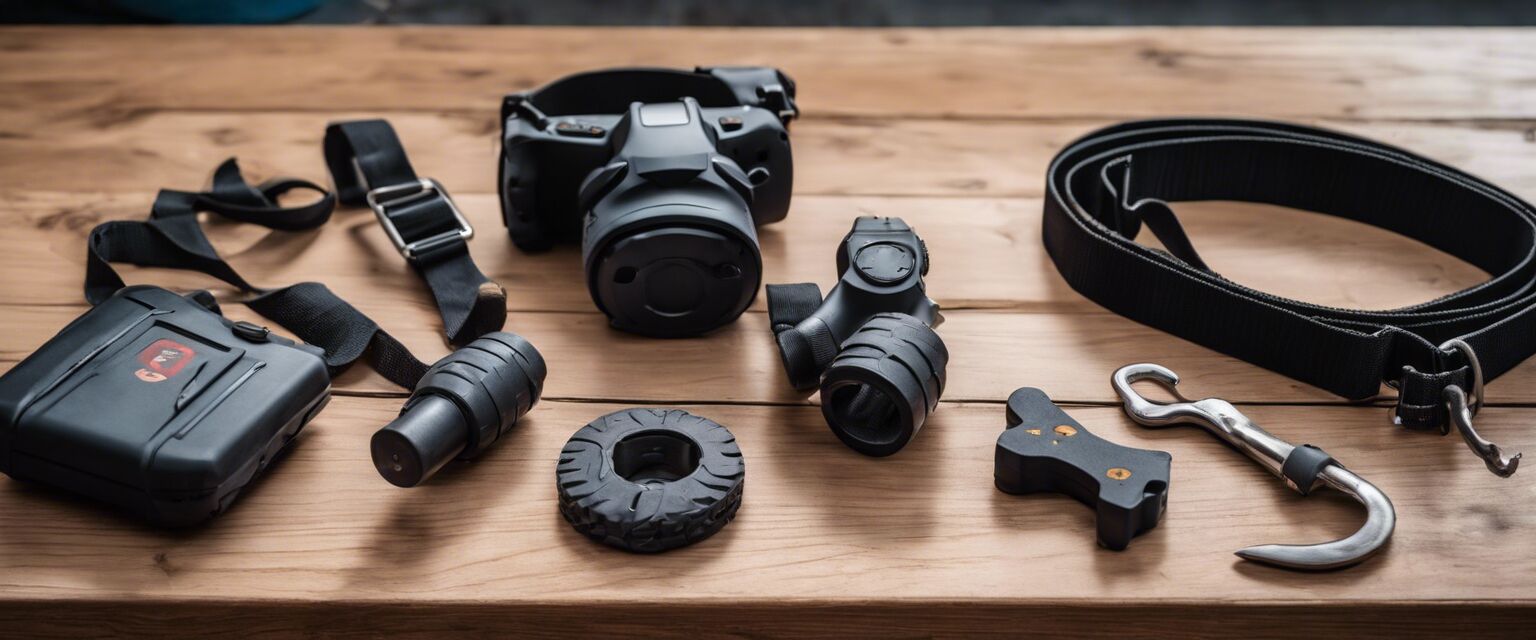
Basic Obedience Training
Key Takeaways
- Basic commands like sit, stay, and come are essential for good behavior.
- Consistency and patience are key in training your dog.
- Positive reinforcement encourages your dog to learn effectively.
- Regular practice helps solidify commands in your dogâs memory.
Training your dog in basic obedience is a fundamental part of being a responsible pet owner. This article will cover essential commands like sit, stay, and come, offering insights into techniques that can help you effectively communicate with your canine companion. Whether you are a first-time dog owner or looking to enhance your pet's skills, mastering these commands is crucial for a harmonious relationship.
Why Basic Obedience Training is Important
Basic obedience training is the foundation for a well-behaved dog. Here are a few reasons why it matters:
- Improves communication between you and your dog.
- Enhances safety for both your dog and others.
- Reduces unwanted behaviors, such as jumping or barking.
- Strengthens the bond between you and your pet.
Essential Commands to Teach Your Dog
There are several basic commands every dog should know. Below are the most important ones:
| Command | Description | Training Tips |
|---|---|---|
| Sit | Encourages your dog to sit down. | Use treats to guide your dog into a sitting position. |
| Stay | Instructs your dog to remain in place. | Gradually increase the distance before rewarding. |
| Come | Calls your dog to return to you. | Use a happy tone and reward when they reach you. |
| Down | Encourages your dog to lie down. | Guide your dog down with a treat while saying "down." |
| Leave it | Teaches your dog to ignore distractions. | Practice with treats and toys, rewarding them for compliance. |
Training Techniques for Success
Using the right techniques can make a significant difference in your dog's training. Here are some effective methods:
Tips for Beginners
- Start training in a quiet environment with minimal distractions.
- Keep sessions short and fun to maintain your dog's interest.
- Use positive reinforcement, such as treats and praise.
- Be patient and consistent with commands and rewards.
- Practice regularly to reinforce learning.
Understanding Your Dog's Behavior
Recognizing and understanding your dog's behavior is essential during training. Hereâs how to interpret some common signals:
| Behavior | Meaning |
|---|---|
| Barking | Can indicate excitement, fear, or a need for attention. |
| Tail wagging | Generally a sign of happiness or excitement, but context matters. |
| Whining | May indicate anxiety or a desire for attention. |
| Averting eyes | Can be a sign of submission or discomfort. |
Common Challenges During Training
Every dog is different, and training can come with its unique challenges. Here are some common ones:
Pros
- Improves behavior and obedience.
- Builds a stronger bond with your dog.
- Increases your dog's confidence.
Cons
- May require a lot of time and patience.
- Some dogs may be more stubborn than others.
- Can be frustrating without proper techniques.
Conclusion
Basic obedience training is crucial for every dog owner. By teaching your dog essential commands and understanding their behavior, you can ensure a harmonious and fulfilling relationship with your furry friend. Remember, consistency and positive reinforcement are key to successful training. For more tips on training, be sure to check out our sections on crate training, interactive toys, and training clickers and whistles.
Additional Resources
If you're looking for more information on dog training, consider these resources:
- Leashes and Harnesses - Essential tools for training.
- Training Collars - Helpful for reinforcing commands.
- Training Treats - Effective rewards for good behavior.
Image Gallery










